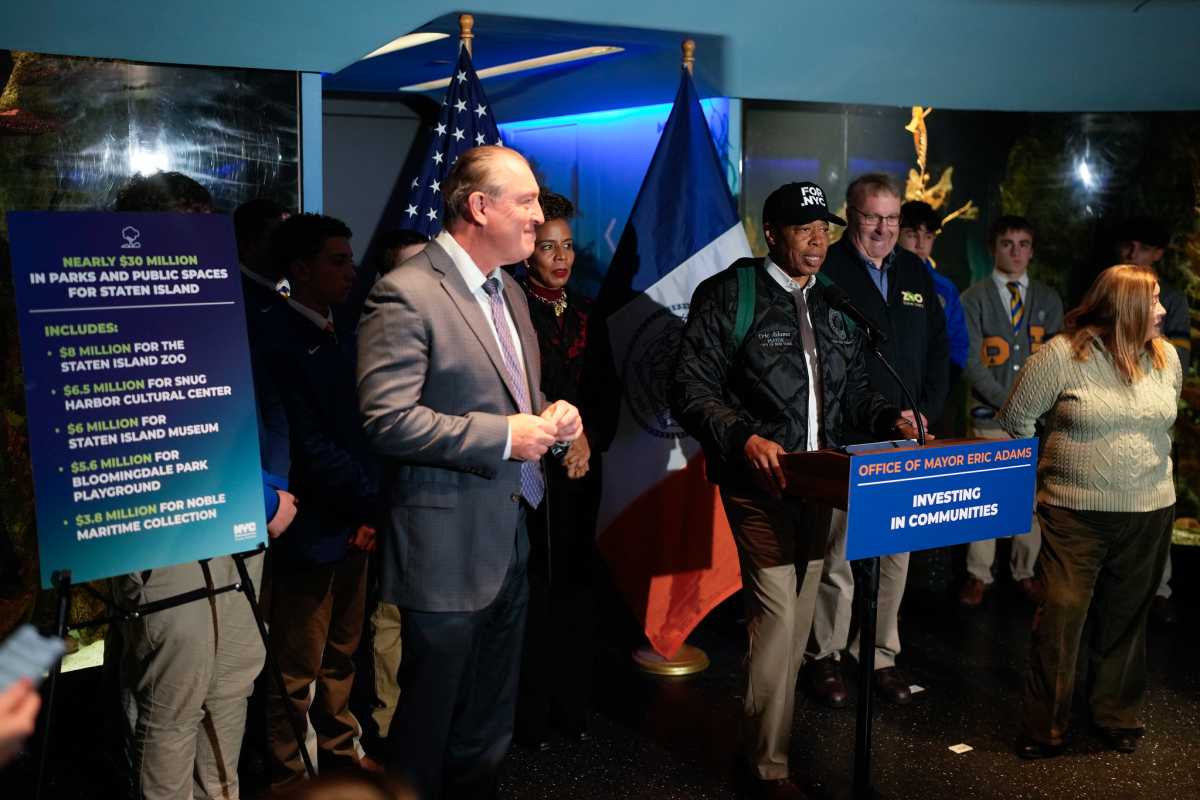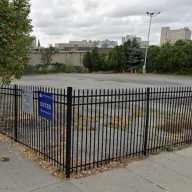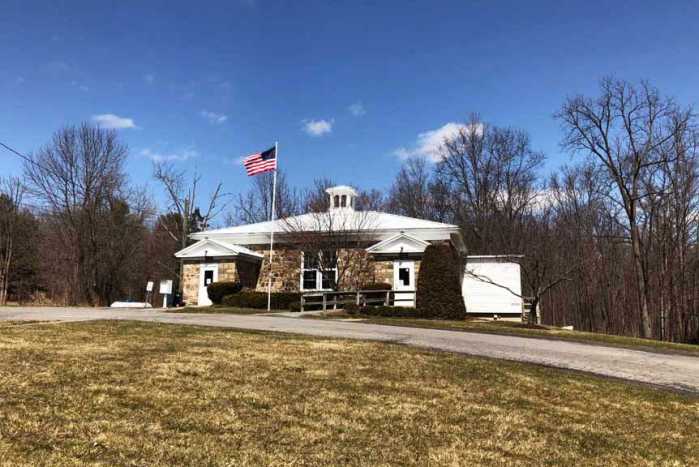By The Greater Astoria Historical Society
In August 1953, the Korean War truce was signed. Just returned to stateside, Airman First Class Raymond W. King, of Astoria, received the Distinguished Flying Cross for meritorious service over North Korea. As a flight engineer on a B-26 bomber, King was taking part in a reconnaissance mission the previous year when his crew spotted a convoy and destroyed 22 enemy vehicles.
l
Recently labeled the “Boulevard of Death,” Queens Boulevard was known as a notorious nightmare for commuters. Given that the boulevard serves as one of three main access roads to Manhattan and the only one linked with a free bridge, traffic tie-ups were all but inevitable.
The problem was especially severe in Forest Hills and Rego Park.
That summer 60 years ago, it got worse. While much of the boulevard was cordoned off for repaving work, truck drivers bringing in material suddenly went on strike. This also stopped demolition plans for the Long Island Rail Road trestles at Winfield, creating even more bottlenecks.
l
In another part of Queens, residents were told they could expect no relief from the unrelenting noxious odors of Newtown Creek. Though experts were called in and claimed the smells were more offensive than toxic, city officials were nevertheless reluctant to call the problem solved.
There was no easy solution. If they came down too hard against the offending industries, the firms might move. Others noted that the aggressive city Smoke Control Bureau had successfully carried out enforcement.
l
New York State Industrial Commissioner Edward Corsi received recommendations from a special board for a new statewide hourly minimum wage, ranging from 65 to 75 cents.
l
On Aug. 13, 1953, the police broke up the city’s first baby carriage blockade, a 2 1/2-hour demonstration staged by mothers upset over speeding motorists on 160th Street and 17th Avenue in Clearview Gardens.
Sparking the protest was the sudden spike in traffic on 160th Street after it was widened. More pointedly, a speeding car struck a child near the Clearview Community Council Day Camp. Protestors were pacified after the city Traffic Department agreed to erect a stop sign and the police promised to step up patrols in the neighborhood.
Organizer Florence Roth promised to resume the blockade if authorities did not follow through on their word.
l
That August, the “Kinsey Report on Human Sexuality” was published — rather caustically, however — as its headline read, “The Kinsey Report: Bunk Plus Arrogance.” A reporter went around Queens and found that locals showed “more skepticism than interest” in the report. Most thought the survey claimed that women were unable to provide honest answers.
A Douglaston woman noted, “The average woman wouldn’t answer, and those that would probably wouldn’t tell the truth. I wouldn’t trust any girl to give accurate information about her sex life.”
Similarly, a doctor from Astoria, whose patients included many women, asserted that only a fraction of Kinsey’s female interviewees — in his estimation, 2 percent or 3 percent — would actually be truthful.
A druggist from Jackson Heights waxed, “A woman is a mysterious thing … most women would say one thing and mean something else.”
And a proprietor of a billiard hall in Flushing put it bluntly when he explained that “women weren’t capable of giving an accurate account on anything.”
A Maspeth woman not only approved of the study, but said she would be happy to participate in its studies. Another woman from Astoria shared her view, asserting that “sex research is a much-needed thing.”
For further information, call 718-278-0700 or visit astorialic.org.

































